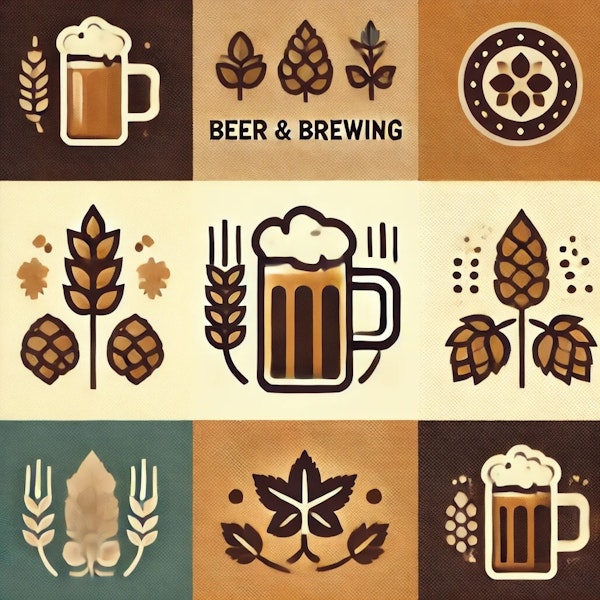
There’s really no trick to doing well at competitions—just make flawless beer and enter it into the right category. So easy everybody can do it, right?
As taprooms continue to play a central role in the success of breweries large and small, some brewers are orienting their entire business model around a network of interconnected outlets.
There are areas all breweries should focus on in order to grow a healthy business. Here’s a look at how Seattle-based Fremont Brewing and Wyoming-based Melvin Brewing have managed growth, investment, capacity, and new markets.
While the term “brewpub” may once have described venues known more for their food, today’s leading edge brewpub operators are proving them to be a compelling outlet for creative expression in food and drink and a compelling business model.
A flurry of critical acclaim or a slew of medals can cause demand for a brewery’s beers to skyrocket overnight—but the stark light of day can reveal hidden cracks in the system. Here’s how three breweries have responded.
Both under-served and over-saturated markets represent their own set of risks and opportunities. Here’s how some breweries have balanced the two in choosing where to locate.
We tapped the expertise of craft-brewery owners from throughout the country to share what’s worked as they’ve grown from start-up into a successful business.
Several themes kept bubbling up across all of our conversations with the brewers and brewery owners—change, quality, and growth.
There’s a ton of good beer out there, which is a challenge for breweries struggling to forge lasting relationships with consumers. Three marketing pros weigh in on a few ways breweries can rise above the fray and connect with customers.
Veteran brewers are claiming new territory in a crowded craft-beer landscape by launching buzzworthy breweries of their own. They’d just better have the backing and business acumen to make it float.